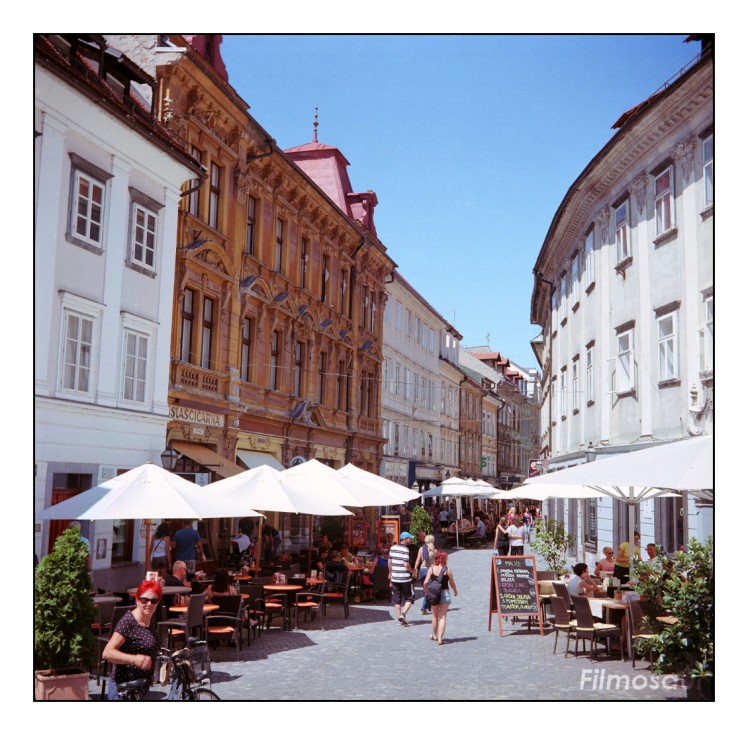Of Maine and Mad Dashes
Everyone has had those conversations where the participants start exchanging increasingly absurd ideas and exclaiming how good they are. Usually these end when everyone acknowledges the silliness of the discussion and moves on, or when they run out of beer. But once in a while the obvious stupidity of the idea in question is not sufficient to dissuade those involved from actually carrying it out. This is one of those times.
With spring coming, we were discussing the arrival of this year’s crop of insects and how to most effectively exterminate them. Flashback to last summer, when we came upon handheld bug zappers in the shape of tennis rackets, which are both quite good at killing bugs and being utterly ridiculous. We found them while up in Maine at a local department store for the princely sum of $3. Unfortunately, buying them through various internet sources more than triples the asking price. Rather than shell out an extra $7 per racket, we thought it would make far more sense to drive up to Maine and buy more. All well and good, but the Maine state line is about five hours one way. We’d have to stay overnight, but then first thing in the morning, Tennis Rackets of Death, and home.
This still seemed like a good idea after we ran out of beer, so we found a hotel, booked it for Friday night, and we were off to Maine.
We left at 0530 and were up to Maine by 1100, having stopped for breakfast at a local spot in Massachusetts (I think – maybe it was New Hampshire. I had French toast.) along the way. We couldn’t check in for several hours, so we wandered along the coast and stopped at a few spots for photos. After a long day of driving, we dropped the car at the hotel in the late afternoon and walked into town for dinner and beer, both of which were quite necessary by this time. We finished off with a nice long walk along the cliffs and past the local lobster boat anchorage.
Next morning I got up early (how I’m not exactly sure) and did the same walk as the night before, knowing that I’d have the low angle morning light of the rising sun to play with. The light was good, but I was dragging by the time I hauled myself back to the hotel. Off to breakfast and then to the bug zappers. We bought six, saving ourselves $42. Take that, internet price gougers! We then stopped in several antiques stores and spent all of our savings and then some. Our mission accomplished, we cruised south along the coast into New Hampshire and Massachusetts, stopping several times for more photos and walking, followed by a late lunch in Portsmouth, NH.
Finally, we hit the highway for the blast back home, pulling in around 2030. After some 39 hours and 700 miles, we got our Tennis Rackets of Death. Sometimes you just have to go through with a plan to see if it’s as stupid as is sounds. It was, but it was also a hell of a good time.
So, the photos. I had two Canon LTM rangefinders – L1 and P – with two lenses – 35/2.8 and 50/3.5 (the latter a new acquisition and as such a lens I have not yet formally introduced here) respectively – and two different films – FP4+ and Ektar, again respectively. I only shot three rolls – two of color and one of B&W – but I still got some shots I was happy with. Enjoy.



























You must be logged in to post a comment.